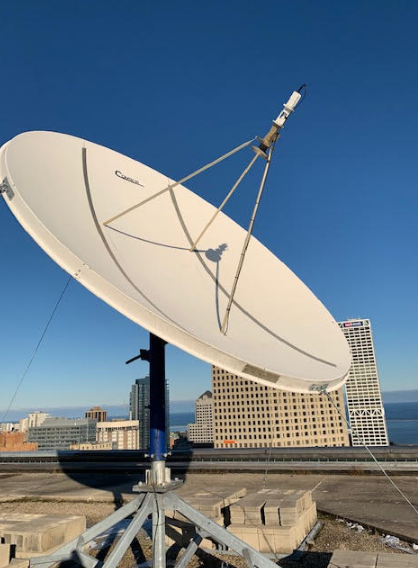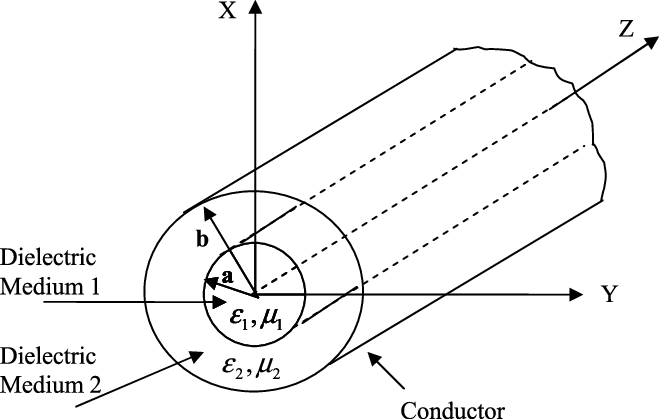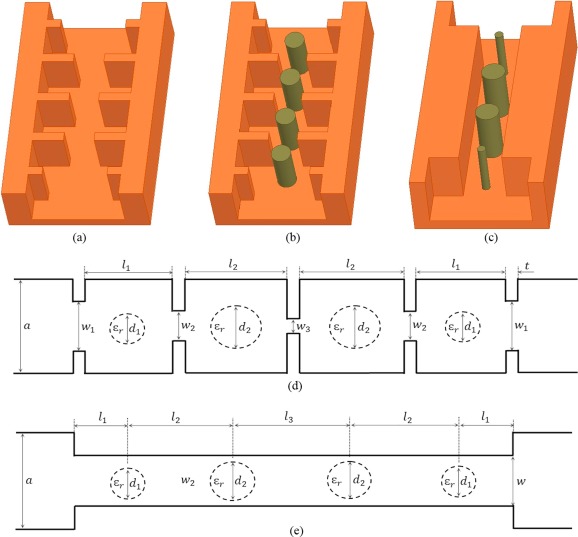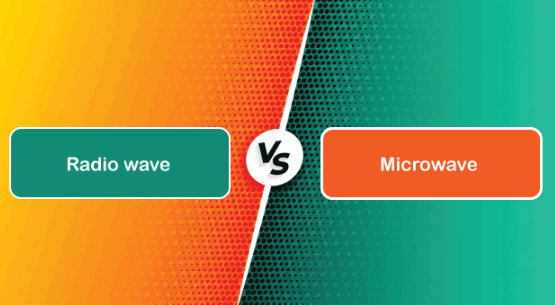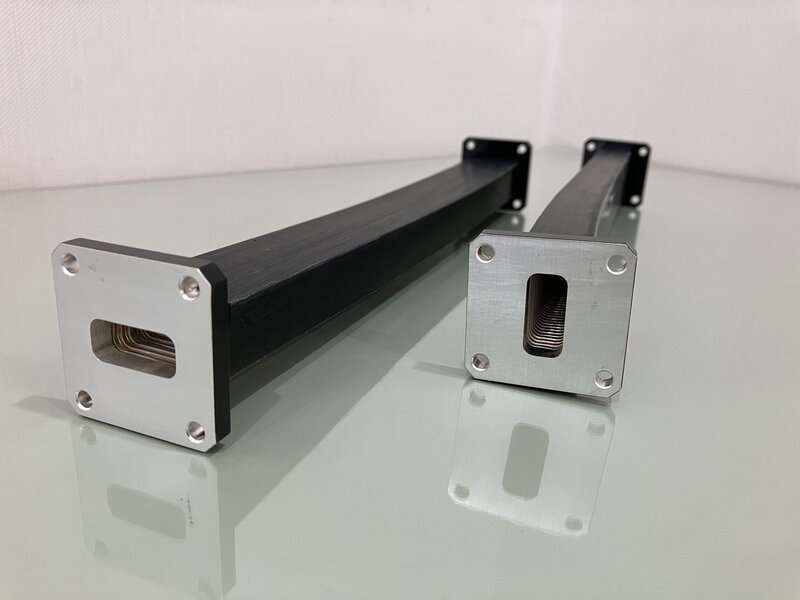What are the benefits of KU band
Ku-band is cost-effective, supports smaller antennas, and offers 20-30x frequency reuse, boosting satellite capacity to 50Gbps. It also has better rain fade resistance than Ka-band, reducing signal loss and ensuring more stable connectivity in extreme weather. Spot Beam Coverage The signal strength of traditional wide beam technology is usually only 20 to 30 dBW (decibel […]
What are the benefits of KU band Read More »

